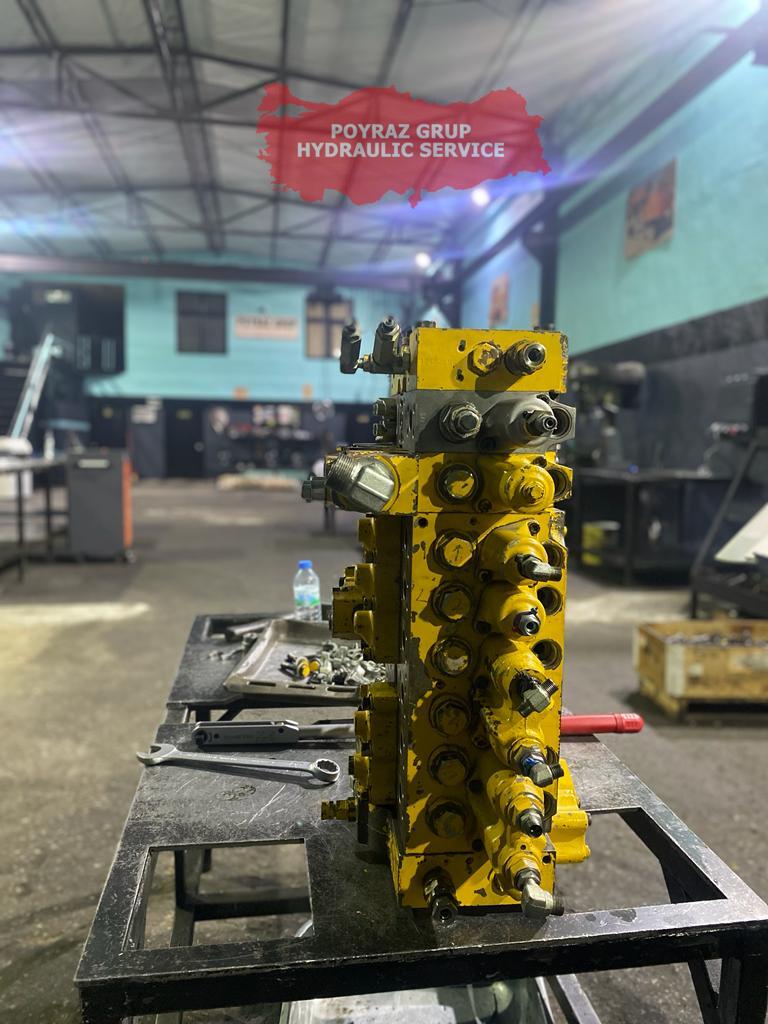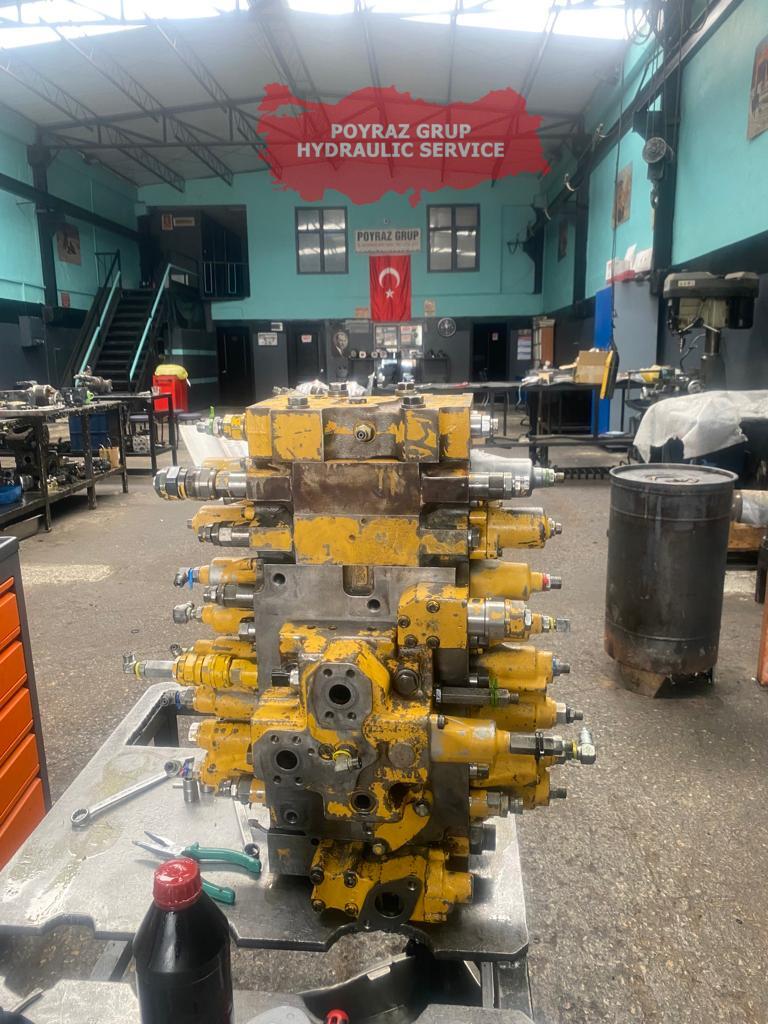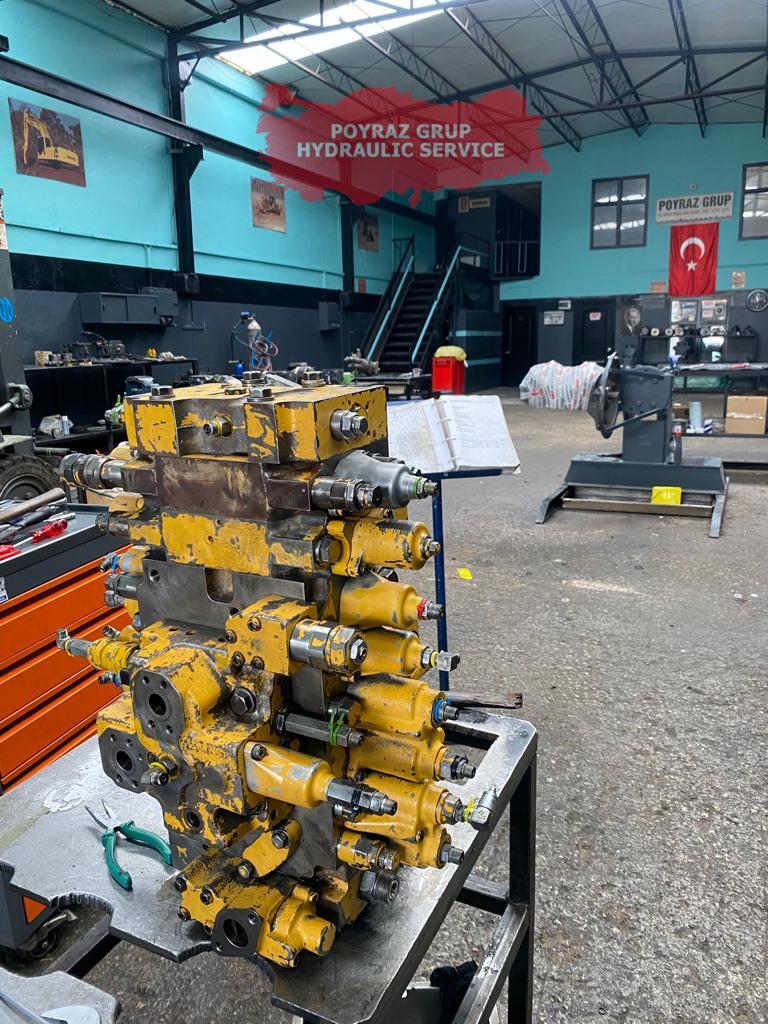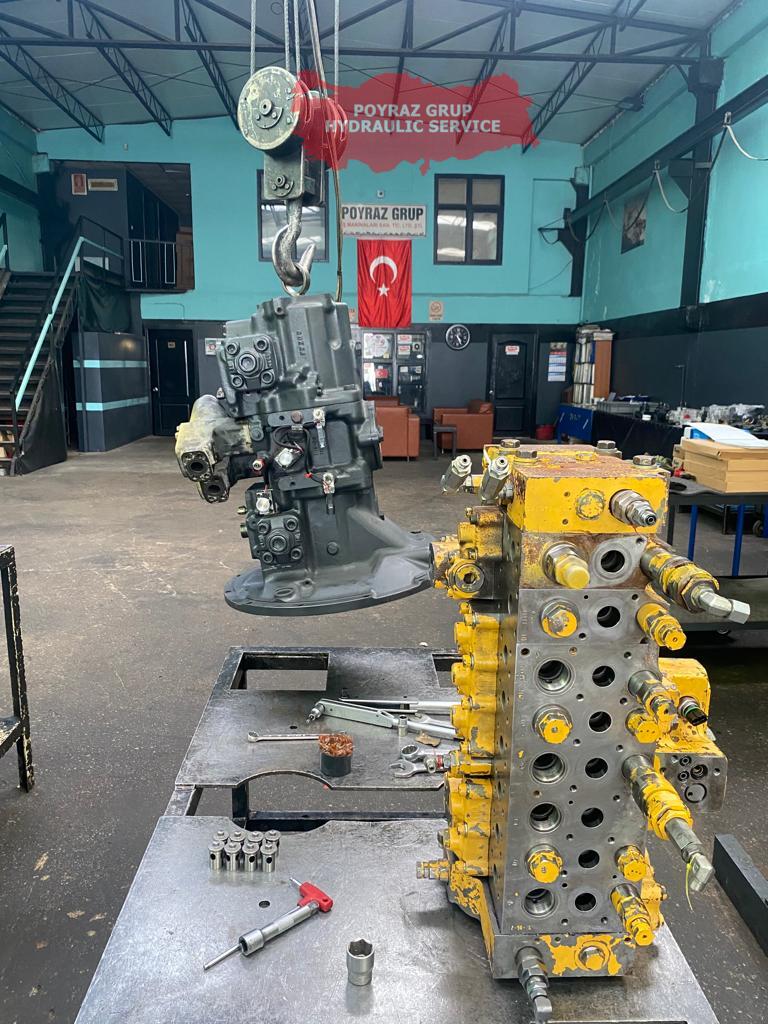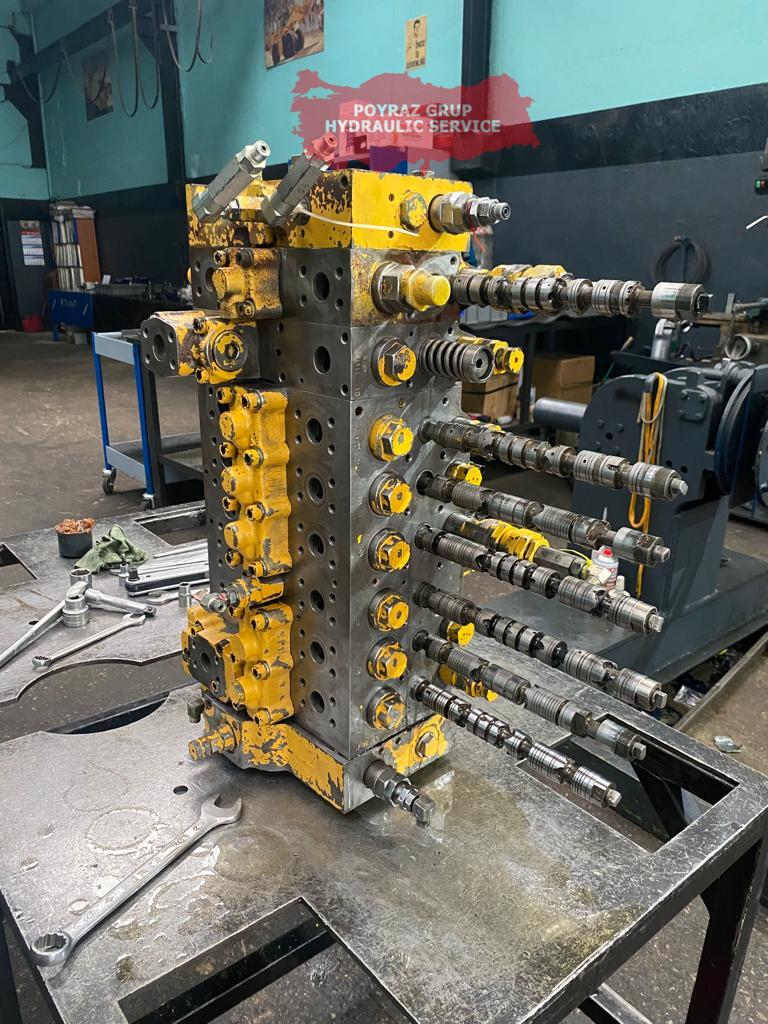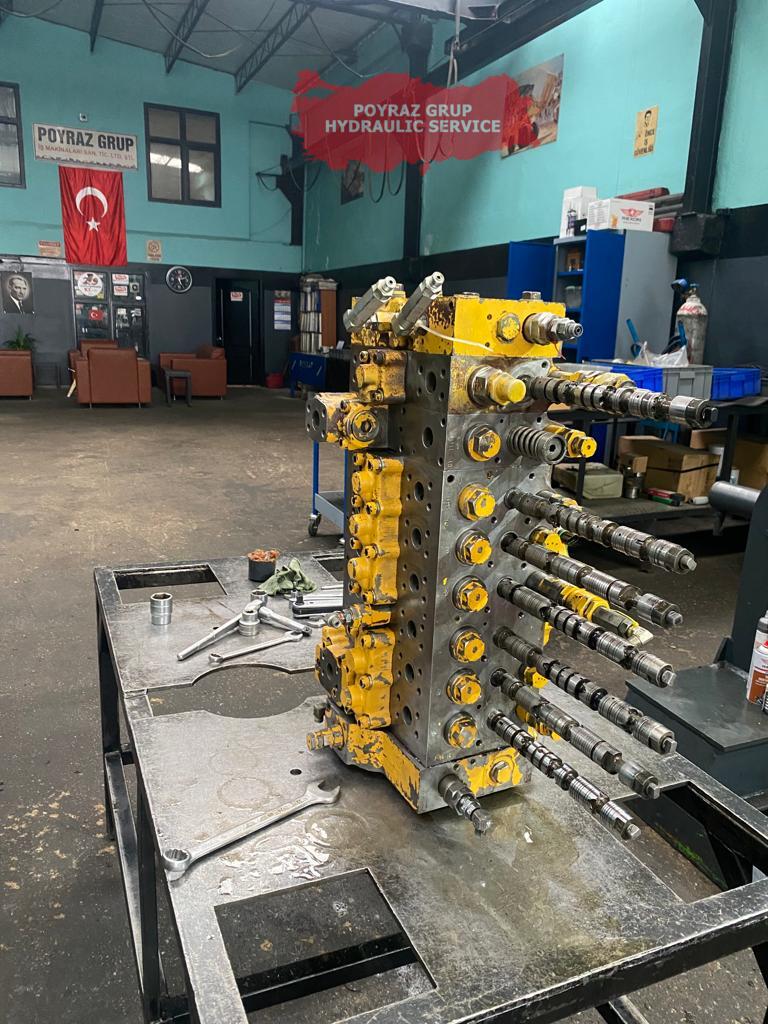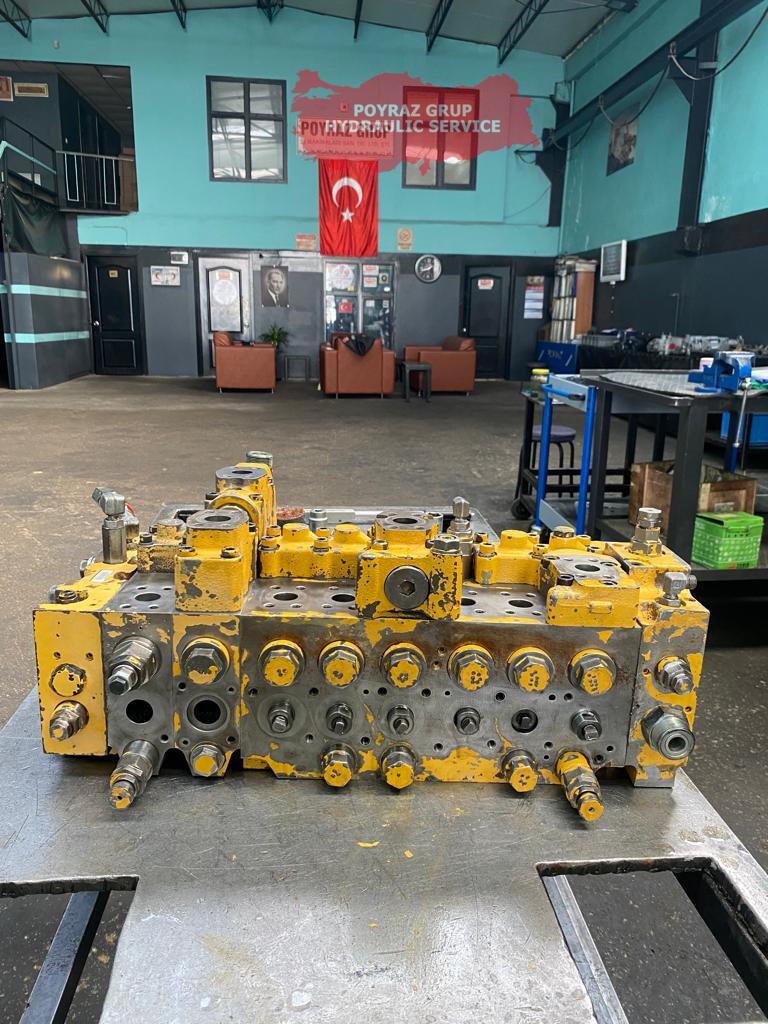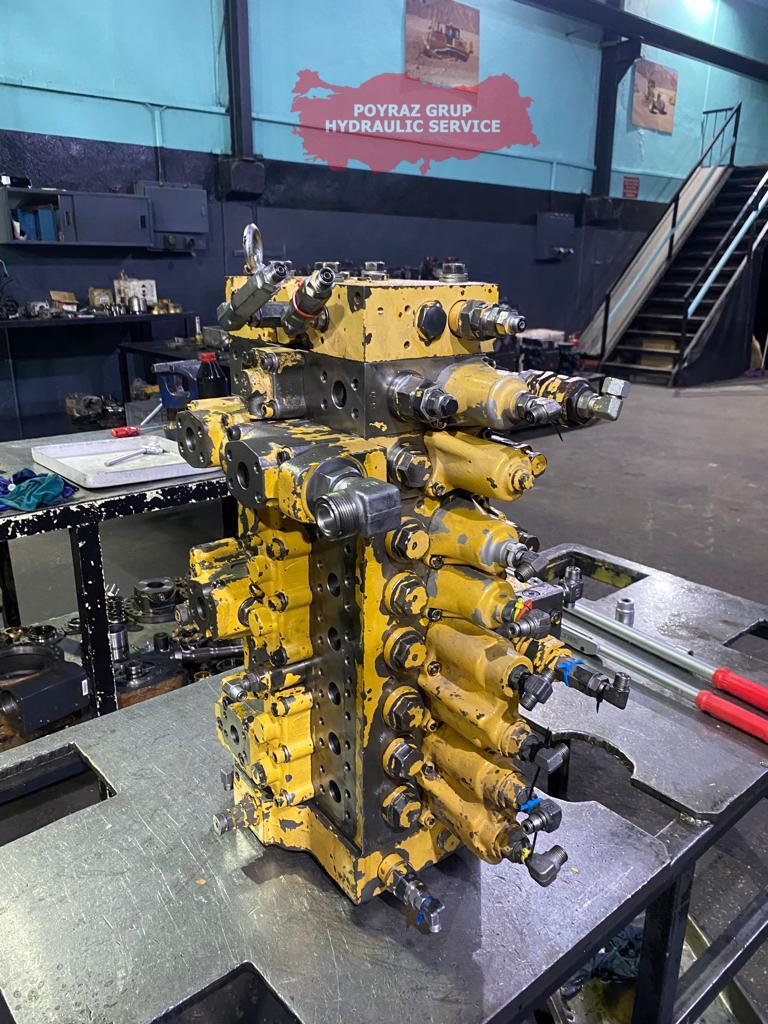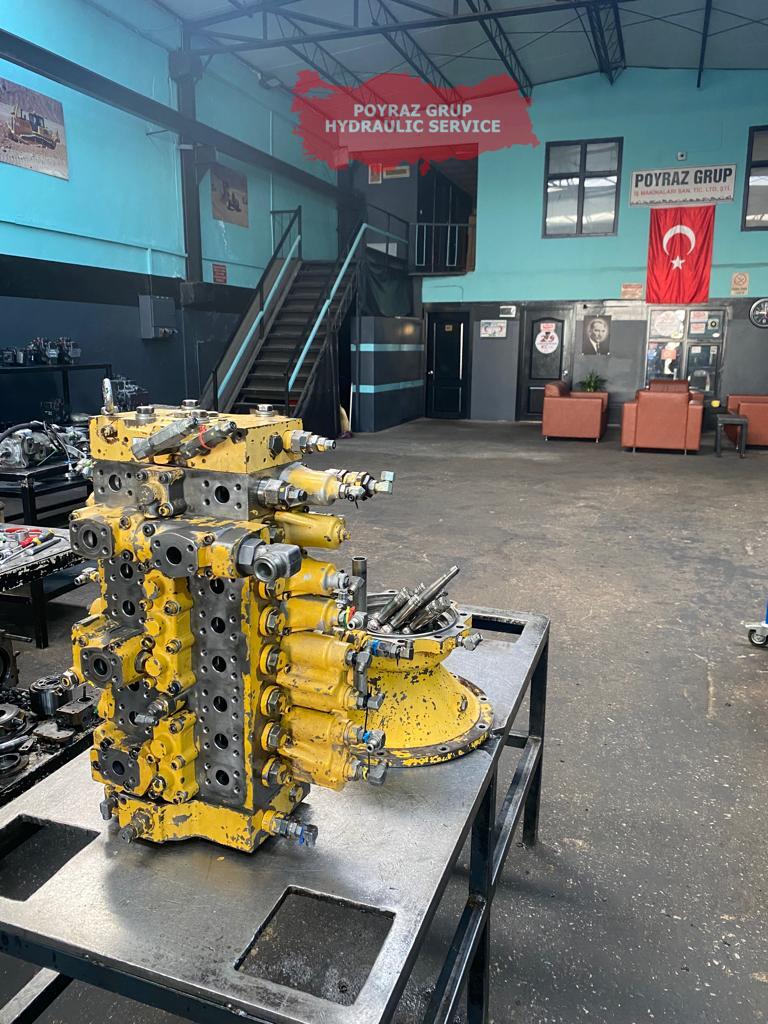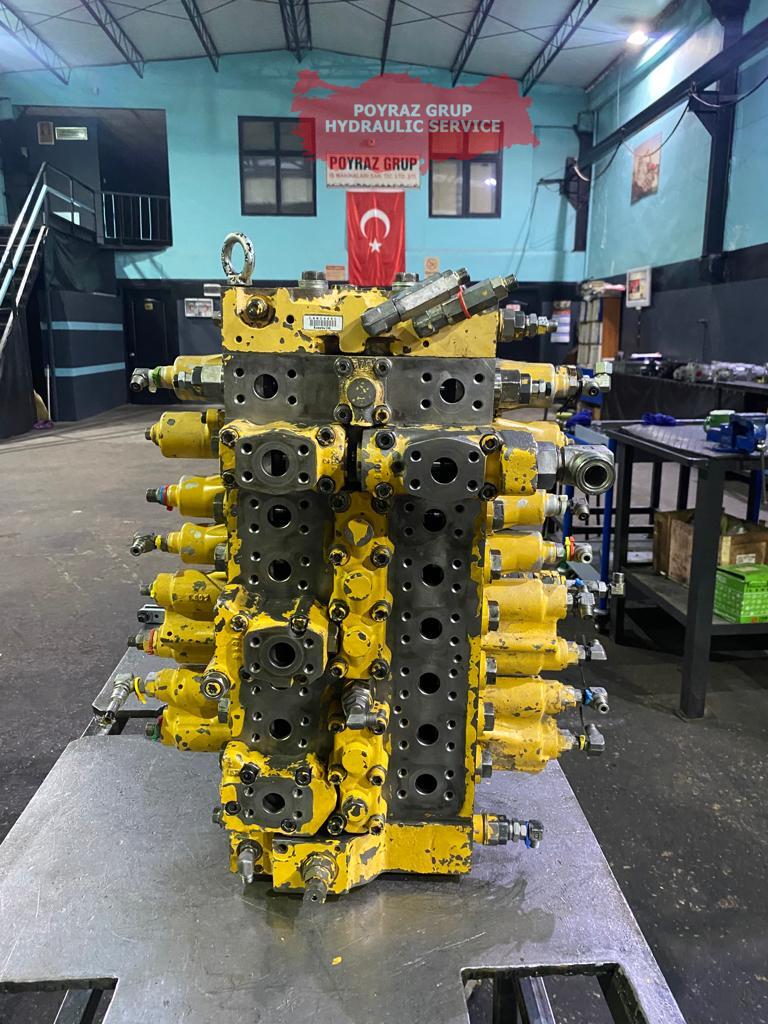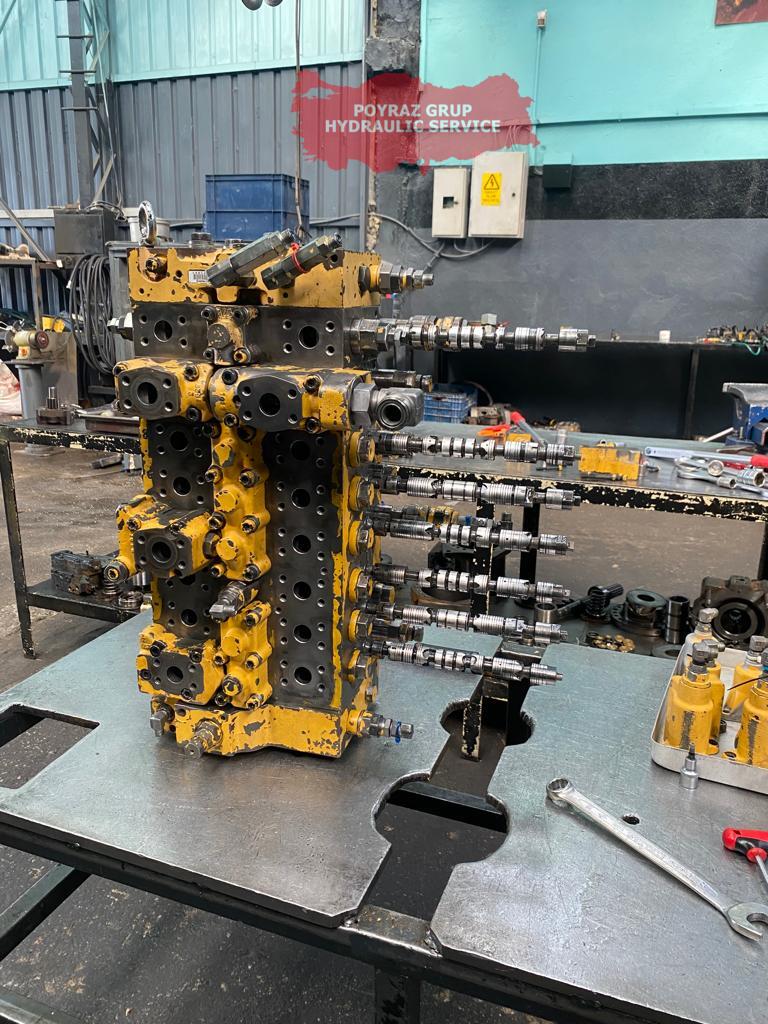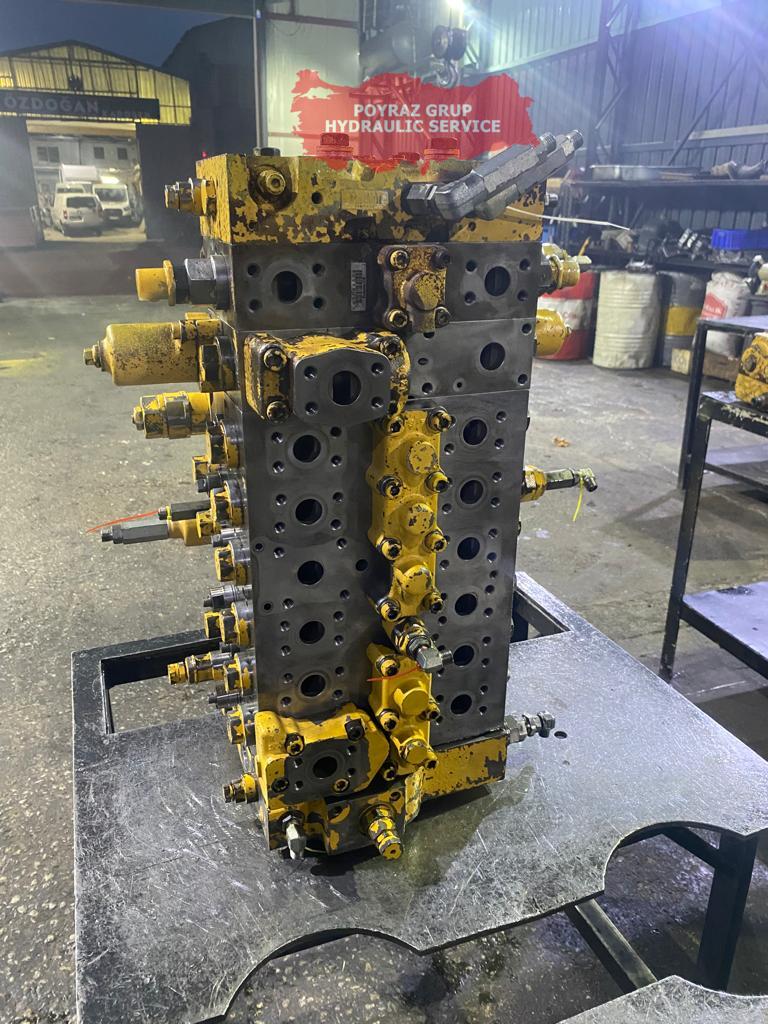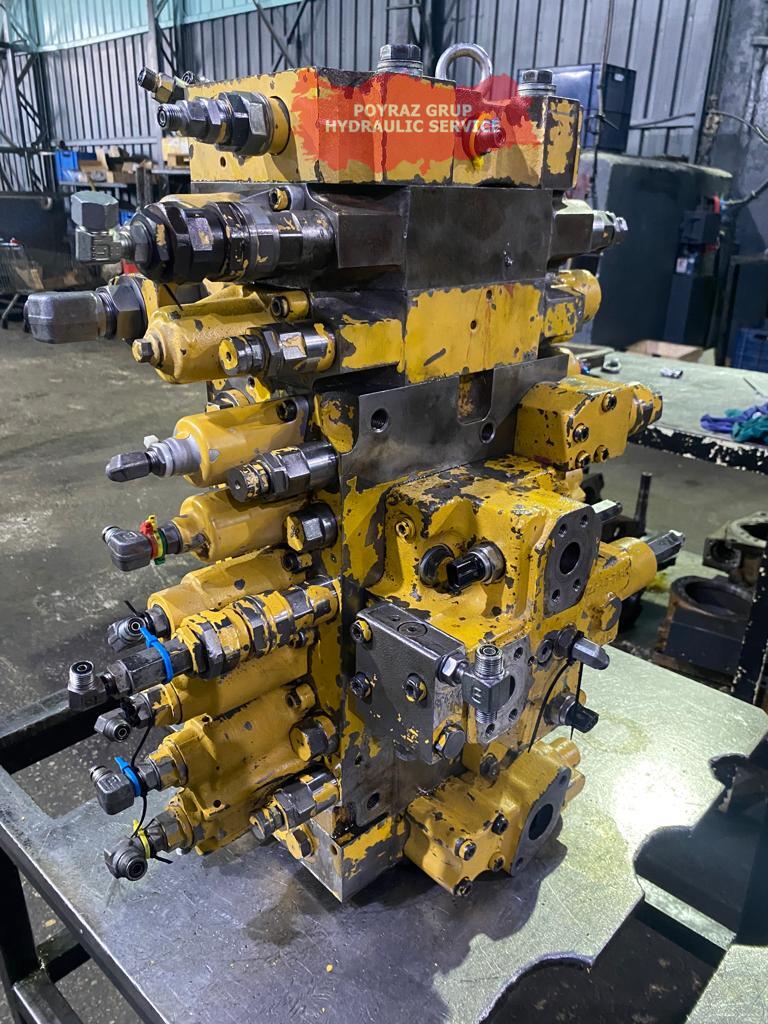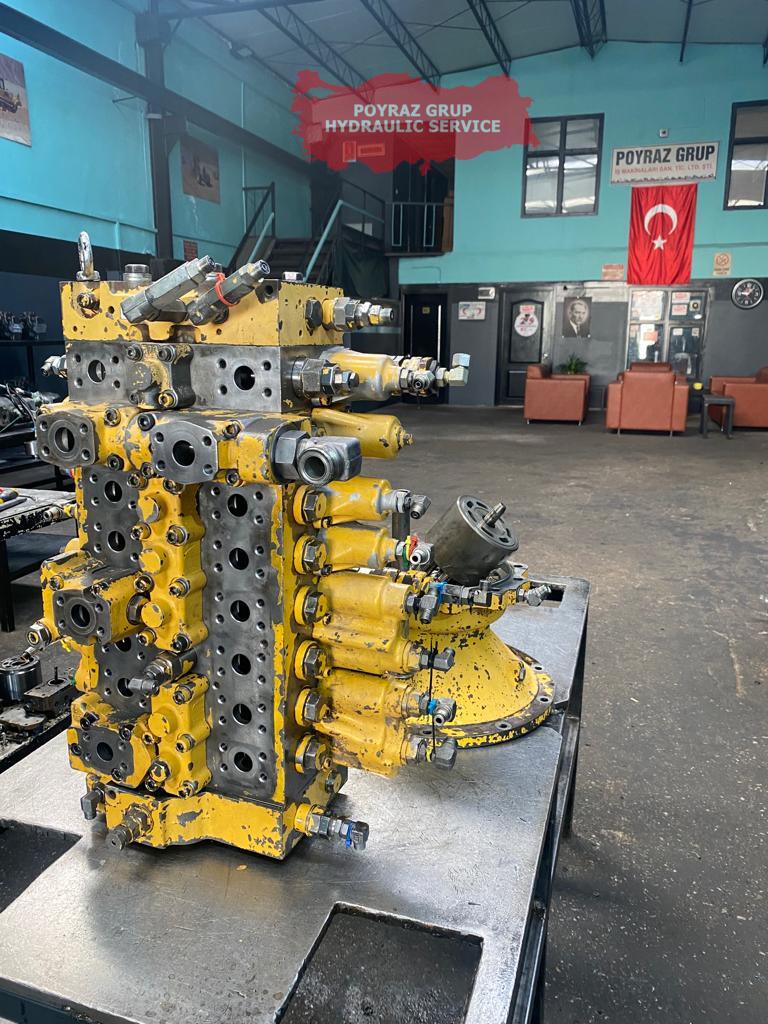About Us
Our Contact Information
- 100.Yıl Bulvarı. 1235. Sokak No:118 Ostim/ANKARA
- info@poyrazgrupismakina.com
- 0312 354 29 56
- 0533 204 35 83
- 0533 204 35 84
Hydraulic valve overhaul is a process that includes the maintenance and repair of valves used in hydraulic systems. Hydraulic valves ensure the functionality of hydraulic systems by controlling fluid flow. These valves can wear out, leak, or develop other problems over time. Therefore, periodic maintenance and revision operations may be required. Here is a general hydraulic valve overhaul process:
- Evaluation and Analysis: The current condition of the hydraulic valve is evaluated. Factors such as leaks, pressure losses, valve response time are examined.
- Disassembly: Access to internal components is gained by removing the valve.
- Cleaning: The valve parts are cleaned and any impurities, oil residues or wear residues are removed.
- Peak: Parts are thoroughly inspected for potential problems such as wear, cracks or damage.
- Repair or Replacement: Depending on the condition of the inspected parts, worn, damaged or dysfunctional parts are repaired or replaced.
- Assembly: The repaired or replaced parts are put together for reassembly of the valve.
- Testing and Adjustment: The revised hydraulic valve is tested and necessary adjustments are made. Flow capacity, pressure control and other performance measures are examined.
- Oil and Filter Change: Appropriate hydraulic oil is used for the valve and filters are replaced.
Hydraulic valve revision improves the performance of the valve, corrects leaks and allows hydraulic systems to operate more efficiently. This type of operation should usually be carried out by specialized hydraulic technicians or people with experience in hydraulic system maintenance. The valve’s original equipment manufacturer’s recommendations and instructions should also be taken into account during the overhaul process.

